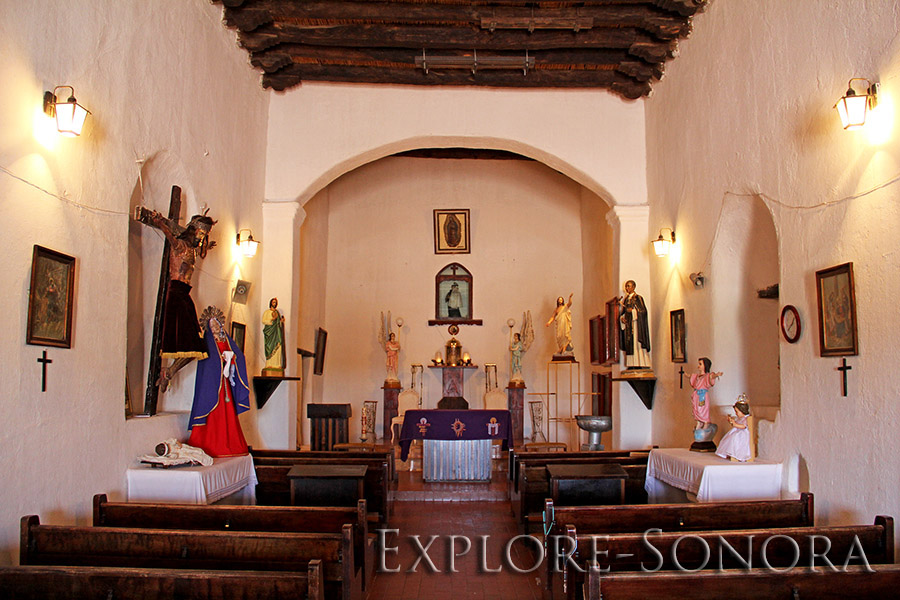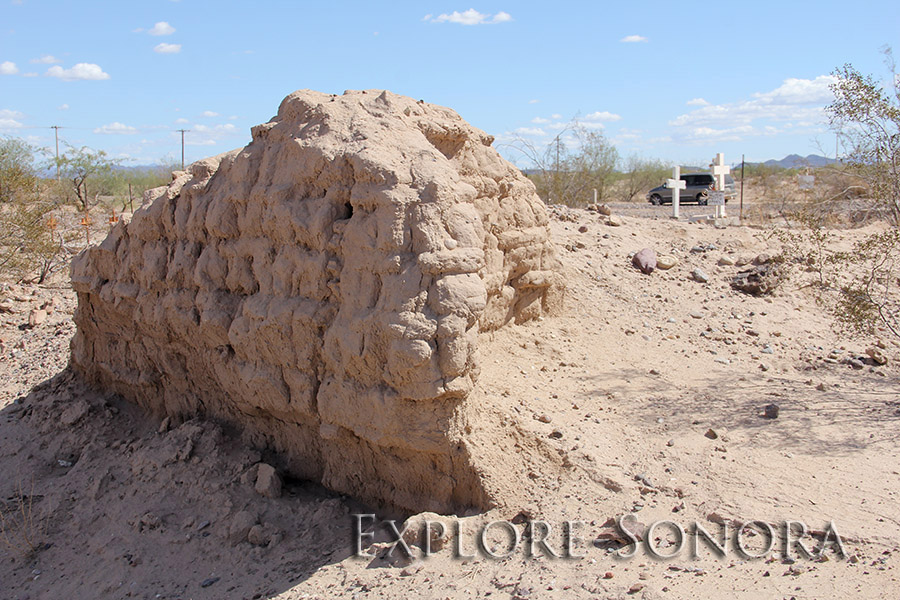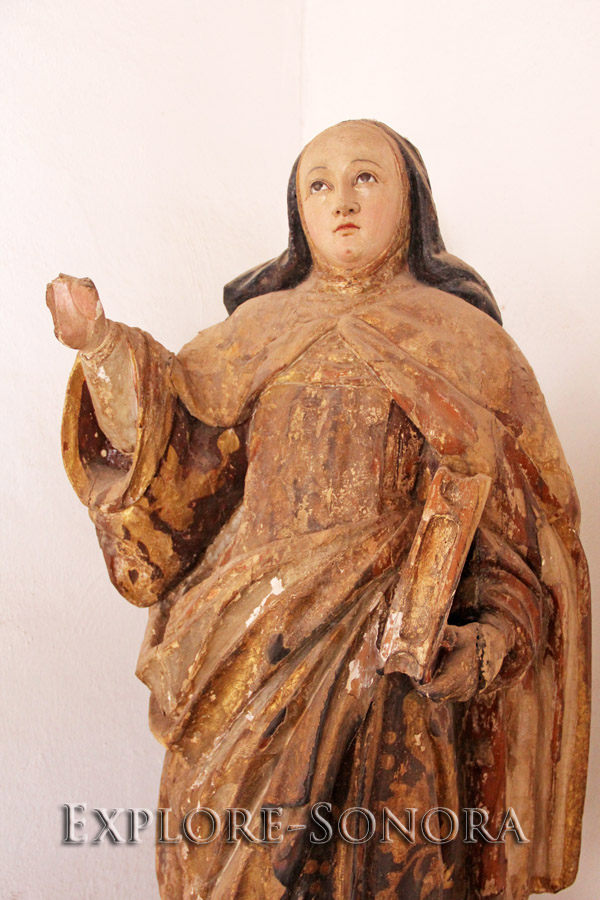A Brief History of Sonora, Mexico
The human history of Sonora dates to 30,000 years B.C. when the early humans were nomadic groups of hunter-gatherers. Human settlements have been traced back as far as 1500 B.C. in the river valleys where agriculture began to develop. to advanced cultures that formed more than 1000 years ago but disappeared in the 1400’s, a period of European colonization that included the establishment of Christian religion, and a revolution followed by advancement as a modern nation.
There are three main time divisions for human history in the Sonora region:
Pre-Hispanic
European Colonization, and
Post-Colonization – the modern era that began after the Mexican Revolution.
Pre-Hispanic History
Pre-Hispanic human history in the region dates to 32,000 years ago, during the prehistoric Pleistocene epoch. An archaeological site in Northwest Sonora uncovered evidence of interaction between humans and large elephant-like creatures known as Gomphotheres dating to more than 13,000 years ago.
That prehistoric hunter-gatherer culture that was inland from the coast began using agricultural methods around 400 BC and were making and using ceramics by the year 750. Also, around that time, some of the early residents of Sonora were living in socially advanced settlements and had developed sophisticated trade networks.
All of that social progress and organization had ended by the mid-1400’s, when dramatic climactic change resulted in the high temperatures and extensive deserts that exist today. The peoples who remained in the region lived in separate ethnic groups.
European Colonization
Spaniards arrived in the region in the early 1600’s, when Jesuit missionaries began to work with the indigenous Mayo in what is now Southern Sonora.
Because the broad levels of social organization in the area had broken down after the climate change in the fifteenth century, the Spanish were unable to take over or co-opt a regional power, because none existed.
After initially failing to establish a significant presence with military force, Spaniards were eventually able to establish control over the region with the establishment of the system of Jesuit missions.
Jesuit missionaries started to establish Catholic missions in the southern and central Sonora lands of the indigenous Mayo and Opata, and then moved northward into the tribal lands of the native Pima and Tohono O’odham. Jesuit priest Father Eusebio Francisco Kino established several missions in Northern Sonora.
Eventually the Spanish had advanced in a large enough portion of the territory for the Viceroy of Spain to name the new province Nueva Navarra in 1637, and in 1648 it was renamed Sonora.
The Spanish presence continued to grow as more colonists arrived from Spain, a population surge that was met with a mix of resistance and accommodation. In 1691, Spain created Provincias de Sonora, Ostimuri, y Sinaloa, a combination of territories that remained in place until Mexico gained its independence from Spain in 1821.
Colonization accelerated in the early 1700’s when silver and other minerals were discovered in Alamos and other areas. But the Spanish-controlled mining camps enslaved indigenous workers in abusive conditions and forced native Sonorans from their land, resulting in uprisings and armed conflict.
There were major uprisings against abuses from Spanish colonialization and the missions system in the 1720’s, 1740’s and into the 1750’s, and in 1767 the King of Spain expelled the Jesuits from all Spanish colonies. The following year, the Franciscans arrived in Sonora.
Franciscans were also to have a significant impact on the religious and cultural landscape of the region, as they continued the work of the Jesuits in establishing and developing mission churches.
Post-Colonization
19th Century
Spanish colonization in Sonora ended in 1821, when Spain was defeated in the Mexican War of Independence (1810-1821). The Spanish province of Sonora, Ostimuri, y Sinaloa was divided to form the states of Sonora and Sinaloa, and Sonora was declared a state by the Mexican Constitution of 1824, with its capital at Ures, Sonora. Sonora and Sinaloa were combined again from 1824 until 1831, when they were separated once more. Sonora wrote its Constitution in 1831 and established its state capital in Hermosillo.
In the early years of the new state there were security concerns from Apache raids, and a growing separation between liberals and conservatives who had opposing views of government organization.
Sonora, which once extended northward to a line just south of Phoenix and into the southern New Mexico, lost 42,200 square miles (10, 930,000 hectares) of its land as a result of the Treaty of Guadalupe Hidalgo in 1848 and the Gadsden Purchase in 1854.
The state also had conflicts with French forces, including an 1854 attack on Guaymas and during the French Intervention of 1861 to 1866.
Sonora enacted its current constitution in 1871, which permanently established its capital in Hermosillo.
The remainder of the 19th century was marked by rapid economic growth in Sonora during the regime of Mexican President Porfirio Díaz, which included the establishment of a railroad that extended into the United States and the introduction of Chinese immigrants.
A rapid increase in electrification in the United States and Mexico at the end of the 1800’s and beginning of the 1900’s caused a huge demand for copper, and Sonoran mines grew to meet the demand. This mining boom created a new transportation network of roads and rails throughout Sonora and into the United States.
But economic growth pressures, particularly in mining and agriculture, also created conflicts between the government and its indigenous population in response to large landowners taking over their land. In particular, the Yaqui peoples suffered violent repression and expulsion from their lands, and many fled into Arizona.
20th Century
The first three decades of Sonora history in the 1900’s were filled with conflict and violence. In addition to the violent suppression of a mining rebellion and a revolutionary war, Sonora was part of a religious war and widespread discrimination led to a mass deportation of foreigners in the 1930’s.
Pressures from economic growth in Sonora that had started in the late 1800’s continued into the twentieth century, and were manifested in a miners’ strike in 1906 against the Cananea mines owned by American William Greene. The violent end to the strike by Greene’s forces and Mexican federal troops contributed to a growing discontent over the administration of Porfirio Díaz that ultimately led to the start of the Mexican Revolution in 1910.
Sonora had a significant role in the Mexican Revolution of 1910 – 1917, and a group of Sonoran generals: Alvaro Obregon, Adolfo de la Huerta, Abelardo L. Rodriguez, Benjamin Hill and Plutarco Elias Calles established a national power base. Their influence contributed to the Mexican Constitution of 1917, a six-month presidential term for De la Huerta in 1920, the election of Obregon as the 39th president of Mexico in 1920 and the election of Plutarco Elias Calles as president of Mexico in 1924.
Part of the legacy of President Plutarco Elias Calles were laws he enacted to enforce anti-Catholic provisions of the 1917 Constitution. The document outlawed religious orders and parochial schooling, restricted the property rights of religious organizations and stripped basic civil rights from priests and religious leaders.
This led to the Cristero War (1926-1929), which claimed 87,000 casualties nationwide – 57,000 government combatants and 30,000 Christians. Sonora was affected by the religious war, which delayed the construction of the Sacred Heart Church in Navojoa (link) as protesters smashed religious images on the street outside of the church. The original image of San Francisco Javier from the Mission of Santa Maria Magdalena was destroyed during the Cristero War.
President Obregon was once again elected as president of Mexico in 1928 but was assassinated before he could take office. Many believe the assassin acted at the behest of a Catholic nun.
By the 1920’s, Chinese immigrants who had arrived in the state during the end of the 19th century had established a significant economic presence in Sonora. Initially living in Hermosillo and Guaymas, they had begun to move to other municipalities like Magdalena and Cananea. However, resentment of their economic success led to anti-Chinese movements, attacks and laws that resulted in a mass exodus from the state in the 1930’s. The Chinese population in Sonora, which had reached a peak of 6,078 in 1919, counted only 92 in 1940.
The Sonora economy continued to grow in the 1930’s, helped by federal initiatives to develop border towns and build dams to manage the water supply for agriculture and municipal use.
The state underwent major agricultural reforms in the 1940’s, starting with the clearing of vegetation from the Mayo River Delta to convert it to agricultural land. The Mocúzori Dam, completed in 1951 near Navojoa, created a network of canals that helped develop Southern Sonora into a major agricultural region.
Sonora continued its rapid economic growth in the last half of the 20th century, to include major expansion in the agriculture, technology, mining and manufacturing sectors. A strong secondary education system continues to help advance Sonora’s educational system and economy.
The economy and society of Sonora have also been affected by the rise of narco-trafficking cartels. Because of its location as a land connection between the south and the United States, Sonora has experienced the wealth and violence resulting from drug trafficking. This also increased tensions at the Arizona-Sonora border, causing the United States side to become a militarized zone in response to drug and human trafficking, and illegal immigration through Sonora from Mexico and Central America. And it would only get worse in the following century.




